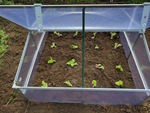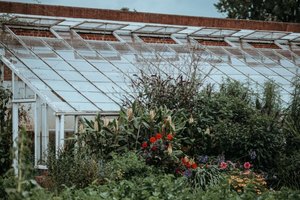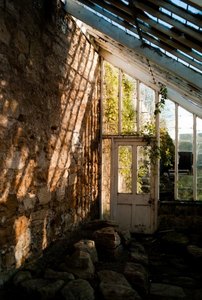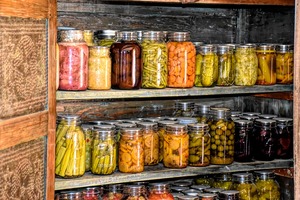If you not have the opportunity to collect water from a river or a lake, it may be worthwhile to use rainwater. It is a good investment if you use a lot of water in the garden.

If you not have the opportunity to collect water from a river or a lake, it may be worthwhile to use rainwater. It is a good investment if you use a lot of water in the garden.
You can also use rainwater for car wash, toilet flush and laundry
There are good reasons to collect rainwater:
- It reduces the consumption of drinking water
- You save money.
A barrel is the most common way to collect rainwater. It is both easy to find space in the garden, and it is easy to use and maintain.
With a barrel, you can save money by recycling the collected water for watering the garden and for cleaning.
If you would like to use the rainwater for laundry and flushing, it will require a major investment in a rainwater system.
Application.
You collect the rainwater on your roof. If your roof is suitable, you can recycle the water for:
- Garden Irrigation
- Cleaning
- Toilet flush and laundry
Although rainwater is good for many things, you should avoid using it for drinking water.
You must not use rainwater as drinking water because insects, soil dust and bird droppings can enter the rainwater tank. Although the water seems clean, there may be bacteria in the water.
You have to be careful about watering vegetables with rainwater. You should not water strawberries, lettuce and other vegetables that you eat raw, especially not on the parts of the vegetable or fruit you eat. That is because the water may be contaminated.
If the plants only absorb water from the soil, such as tomato and cucumber plants, you can use rainwater. The vegetables do not absorb the bacteria through the soil.
Size of the container
If you only have to use the rainwater to water the garden plants and wash the car, a rainwater barrel is big enough for your needs. However, if you want to use the water to flush the toilet and wash clothes you need a rainwater system.
Installation.
The easiest way to collect rainwater is by using a rainwater barrel. It is easy to set up and makes it easy to collect water. They can typically contain between 190 and 400 liters of water depending on the shape and model you choose. It has a drain tap that you can use when filling a watering can or bucket.
You connect the barrel to a downpipe so that the rain from the roof runs from the downpipe into the barrel. You should connect it with an overflow. In this way, the excess water does not flow over and out of the soil, but instead back into the drainpipe and further into the sewer.
Therefore, remember to raise the barrel above the ground level so that it is possible to drain the water. You can direct the water to various places in the garden by connecting a hose to the tap on the barrel
This video show how to make an install.
If you want a bigger system then look here.
If you want to use the rainwater for toilet and laundry, it is a good idea to establish a buried rainwater system. It should be large enough to cover 3-4 weeks of consumption (2-4 cubic meters).
A rainwater system is a complete rainwater system, which consists of a buried rainwater tank, a filter insert, a pump, pipe and a water outlet above the surface.
If you want to read more look here.
Warning.
Be aware of what kind of roof you have before you collect the rainwater. The roof itself can contaminate the rainwater. Below you can see which roofs you should not collect and use rainwater from.
- Zinc roof or copper roof
- Asbestos-containing roof
- Roof with roofing felt
Maintenance.
You should completely empty the tank and clean it in the spring so that it is ready to collect water. You should do the same when winter approaches. That way, you avoid the rainwater barrel bursting or getting frostbite in the winter.
You should also remember to deconnect the barrel from the drainpipe, if there is a risk of frost in wintertime.
When you have to empty your rainwater tank for the winter However, be aware that you do not empty your rainwater barrel too close to your house as it can cause moisture or water damage.










